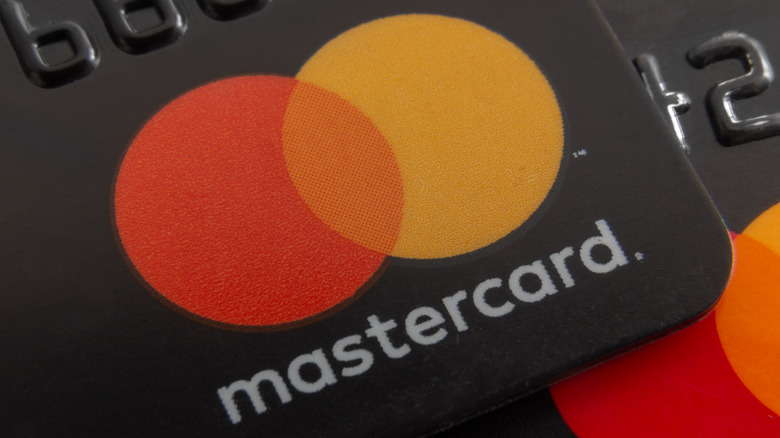The debit and credit card world is undergoing another overhaul, and this time, it may be for a different reason than you think. Mastercard, one of the biggest names in the credit business and also an endorser of Olympian Naomi Osaka, is leading this change, which involves the removal of magnetic stripes from their cards.
Magnetic stripes, also known as magstripes to those in the card realm, contain “embedded information that identifies its user,” according to Investopedia, making them a great advancement in the name of privacy and fraud prevention. The information is stored in iron particles that are encased in a plastic film, and it’s this information that a card reader decodes and reads when you swipe your debit or credit card. This technology is also used for hotel room key cards, driver’s licenses, and more.
According to Investopedia, magstripes contain “three horizontally stacked tracks, each of which stretches across the full width of the card and occupies a portion of the magnetic stripe.” The individual tracks can hold different information but in total contain your name, the card’s expiration date, your account number, your card’s verification code, and a service code. When used, then, your information is processed, and your purchase is completed.
Magstripes are much older than you may realize
According to The Verge, magstripe technology has existed since the 1960s, but Mastercard is going to be the first major card company to remove them from their products. Mastercard, who supported President Biden’s transition to power and were even going to have a credit card collaboration with the Kardashians at one point, plans to begin its phased removal of magstripes in 2024 with a full removal planned by 2033. The 2024 phase will start in Europe, per The Verge, while the United States won’t see magstripe removals until 2027. Beginning in 2029, no new Mastercards will possess magstripes.
The reason? The technology is good, but it’s outdated. Cards have moved to chip systems, which are more secure and are actually the global standard. According to Credit Karma, 90% of the world’s card transactions come from EMV (Europay, Mastercard, and Visa) chip cards.
Chip payments and contactless payments are the future of credit transactions. The Verge reports that contactless payments, which include the likes of Apple Pay and other distant transactions, rose by 1 billion in the first quarter of 2021 compared to 2020. The higher use of contactless payments is a consequence of the global COVID-19 pandemic, and it’s another way that the pandemic will reshape how we live everyday life, even once it’s over.
Source: Read Full Article



